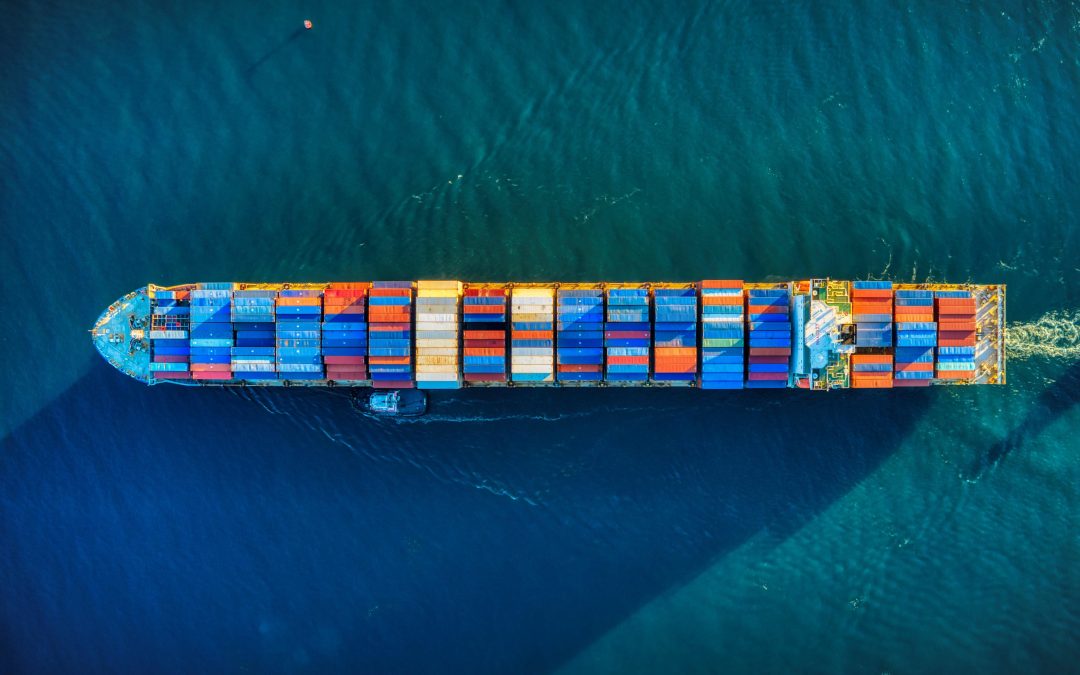In what could be a boost for India’s nascent shipbuilding industry, companies from Japan and South Korea have expressed interest in investing in the sector, Union Minister of Ports, Shipping, and Waterways Sarbananda Sonowal has said.
“This could involve direct investments, joint ventures, or technology sharing, or other forms of collaboration. Such international interest is a testament to the attractiveness of India’s shipbuilding initiative and the potential benefits of global expertise and capital infusion into the sector,” Sonowal told Business Standard in an interview after the recently concluded Maritime State Development Council (MSDC) meeting.
On Friday, the ministry announced plans to build multiple shipbuilding clusters in collaboration with coastal states to meet its ambitious targets. Currently, India ranks 20th in global shipbuilding, with just a 0.06 percent share of the market. In contrast, China, South Korea, and Japan dominate the industry, commanding 85 percent of the global share, according to a recent shipping ministry presentation.
“The ministry has a clear vision for the phased development of shipbuilding clusters, with an expectation that 2-3 clusters will be developed and operational within the next 10 years, followed by an additional 1-2 clusters within the subsequent five years,” Sonowal said.
“This phased approach allows for careful planning, allocation of resources, and addressing any challenges that arise during the initial stages of development,” Sarbananda Sonowal further said.
According to Sonowal, new entrants with a “strategic move to diversify business interests” have also expressed their intent to the government to enter this sector.
According to recent reports, India’s largest port operator Adani Ports and Special Economic Zone is looking to venture into shipbuilding.
The minister also said the government’s fillip to shipbuilding had prompted state-run and private shipbuilders to invest further. “They are looking to expand their operations, which could mean increasing their shipbuilding capacity, enhancing technological capabilities, or diversifying their product offerings,” he said.
To support this expansion, the ministry has sought assistance from states at the MSDC in Goa. Most of the capital support from the central government will primarily come from a ~30,000 crore Maritime Development Fund, 49 per cent of which will be financed by the Centre, and the rest through port authorities and private investors.
The shipbuilding industry has informed the government that its primary logistical requirement for establishing successful shipbuilding clusters is to get access to large aggregated land parcels with adequate waterfronts and sufficient channel depth.
“The availability of waterfront is crucial for shipbuilding activities, allowing for the construction, launching, and testing of ships, while sufficient channel depth is necessary to accommodate the movement of large vessels in and out of the shipyards. Meeting these requirements is fundamental to the operational success and competitiveness of the shipbuilding clusters,” Sonowal said.
In response to the industry’s needs, coastal states would formulate policies and develop incentive schemes soon. “These can include facilitating land aggregation, ensuring availability of adequate waterfront, fast-track clearances and approvals to reduce bureaucratic delays, subsidies, tax breaks, or other fiscal benefits,” the minister said.
The ministry is also addressing investment gaps by developing common maritime assets, such as dry docks, testing ranges, and R&D centers, which can be shared across the industry. This will reduce capital expenditure for individual companies and promote overall industry growth.
Sonowal said the focus was to identify and repurpose existing tracts of land that may be underutilised or not utilised to their fullest potential. “These lands could be under the purview of state maritime boards, located within the premises of ports, or situated within industrial corridors,” he said.
On its own part, the ministry is looking to bridge the gap for investments in common maritime assets that can be used by the industry at large.
“These assets may include shared facilities, such as dry docks, testing ranges, and research and development centres. By offering access to these common assets, the government aims to reduce the capital expenditure required by individual companies, thus facilitating the growth of the entire industry,” Sonowal said.
According to the ministry, the share of the cargo carried by Indian owned or flagged vessels has fallen to just 5.4 per cent over the past decade. Without intervention, this share may fall further, which may reduce the role of Indian-built ships even in the domestic market.
In the past, the government’s schemes, such as Shipbuilding Financial Assistant Policy, Right of First Refusal policy, infrastructure status to shipyards, etc, have not achieved the desired results.
Source: Business Standard






